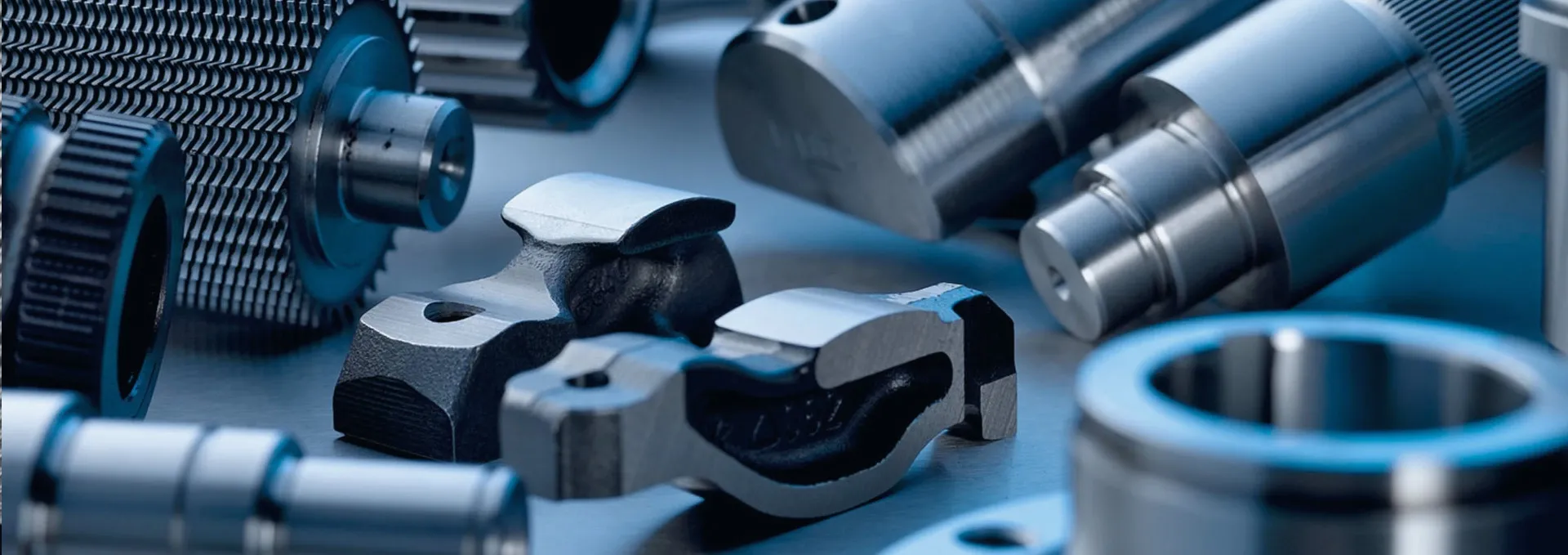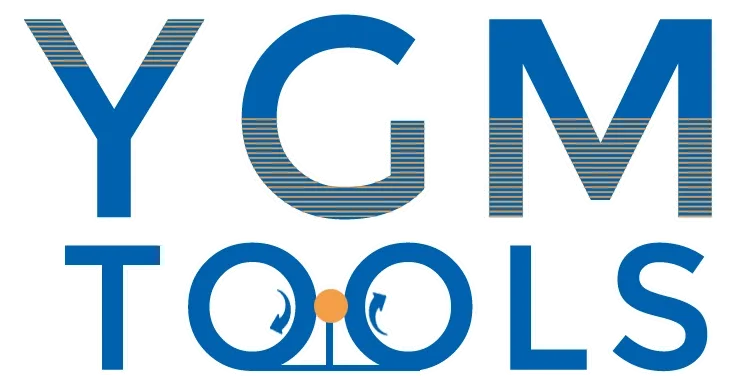
-
 Afrikaans
Afrikaans -
 Albanian
Albanian -
 Amharic
Amharic -
 Arabic
Arabic -
 Armenian
Armenian -
 Azerbaijani
Azerbaijani -
 Basque
Basque -
 Belarusian
Belarusian -
 Bengali
Bengali -
 Bosnian
Bosnian -
 Bulgarian
Bulgarian -
 Catalan
Catalan -
 Cebuano
Cebuano -
 Corsican
Corsican -
 Croatian
Croatian -
 Czech
Czech -
 Danish
Danish -
 Dutch
Dutch -
 English
English -
 Esperanto
Esperanto -
 Estonian
Estonian -
 Finnish
Finnish -
 French
French -
 Frisian
Frisian -
 Galician
Galician -
 Georgian
Georgian -
 German
German -
 Greek
Greek -
 Gujarati
Gujarati -
 Haitian Creole
Haitian Creole -
 hausa
hausa -
 hawaiian
hawaiian -
 Hebrew
Hebrew -
 Hindi
Hindi -
 Miao
Miao -
 Hungarian
Hungarian -
 Icelandic
Icelandic -
 igbo
igbo -
 Indonesian
Indonesian -
 irish
irish -
 Italian
Italian -
 Japanese
Japanese -
 Javanese
Javanese -
 Kannada
Kannada -
 kazakh
kazakh -
 Khmer
Khmer -
 Rwandese
Rwandese -
 Korean
Korean -
 Kurdish
Kurdish -
 Kyrgyz
Kyrgyz -
 Lao
Lao -
 Latin
Latin -
 Latvian
Latvian -
 Lithuanian
Lithuanian -
 Luxembourgish
Luxembourgish -
 Macedonian
Macedonian -
 Malgashi
Malgashi -
 Malay
Malay -
 Malayalam
Malayalam -
 Maltese
Maltese -
 Maori
Maori -
 Marathi
Marathi -
 Mongolian
Mongolian -
 Myanmar
Myanmar -
 Nepali
Nepali -
 Norwegian
Norwegian -
 Norwegian
Norwegian -
 Occitan
Occitan -
 Pashto
Pashto -
 Persian
Persian -
 Polish
Polish -
 Portuguese
Portuguese -
 Punjabi
Punjabi -
 Romanian
Romanian -
 Russian
Russian -
 Samoan
Samoan -
 Scottish Gaelic
Scottish Gaelic -
 Serbian
Serbian -
 Sesotho
Sesotho -
 Shona
Shona -
 Sindhi
Sindhi -
 Sinhala
Sinhala -
 Slovak
Slovak -
 Slovenian
Slovenian -
 Somali
Somali -
 Spanish
Spanish -
 Sundanese
Sundanese -
 Swahili
Swahili -
 Swedish
Swedish -
 Tagalog
Tagalog -
 Tajik
Tajik -
 Tamil
Tamil -
 Tatar
Tatar -
 Telugu
Telugu -
 Thai
Thai -
 Turkish
Turkish -
 Turkmen
Turkmen -
 Ukrainian
Ukrainian -
 Urdu
Urdu -
 Uighur
Uighur -
 Uzbek
Uzbek -
 Vietnamese
Vietnamese -
 Welsh
Welsh -
 Bantu
Bantu -
 Yiddish
Yiddish -
 Yoruba
Yoruba -
 Zulu
Zulu
Precision CNC Thread Rolling Machines | High-Efficiency
As the global manufacturing industry pivots toward higher productivity, accuracy, and sustainability, cnc thread rolling machine technologies are trending as vital equipment in precision threading. This in-depth guide covers the latest advancements, compares leading manufacturers, outlines custom solutions, and explores practical case studies with a focus on anchor bolt stainless rod thread making machine thread rolling machine.
We’ll address not just technical specifications—including flat thread rolling machine, hydraulic threading machine, and mini thread rolling machine options—but also real-world application scenarios, industry certifications, visualized data, and authoritative insights for industrial buyers, engineers, and procurement specialists.
1. Industry Overview & Market Trends
The global thread rolling machine market is projected to grow at a CAGR of 4.9% through 2028 (MarketResearchFuture 2023). Key drivers include automation, the rising demand for threaded fasteners in construction and energy, and more sustainable manufacturing.
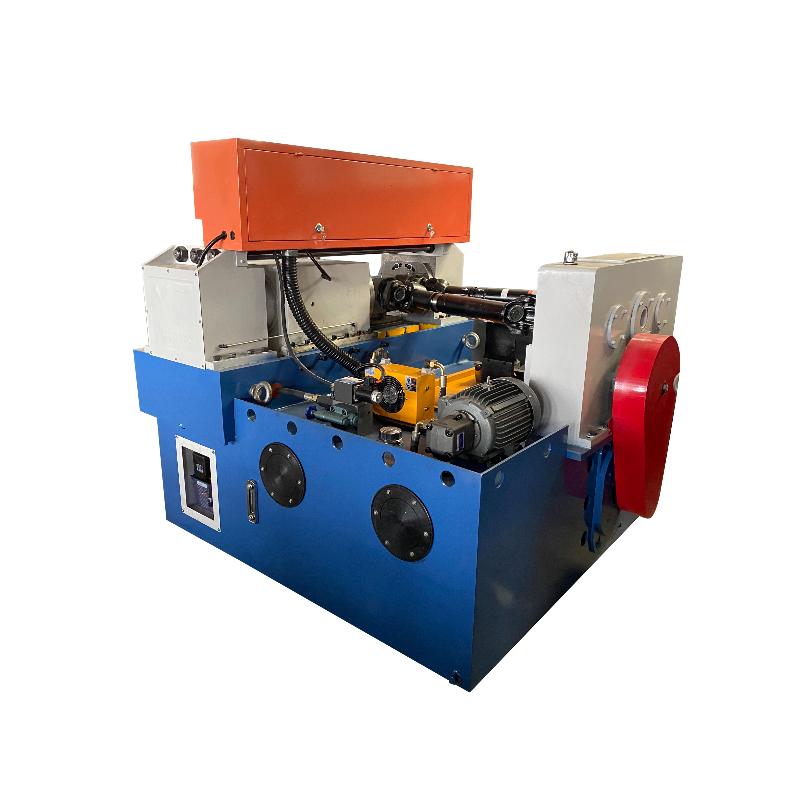
- Precision Engineering: Automated CNC controls improve thread consistency, cycle speed, and labor reduction.
- Material Flexibility: From carbon/alloy steels to stainless steel and copper alloys.
- Industry Expansion: Oil & gas, petrochemicals, automotive, civil engineering, water supply, and energy.
- Compliance: Machines adhere to global standards like ISO 9001, ANSI/ASME B1.1, and, in specialized cases, API for oilfield components.
2. Technical Parameters & Product Specifications
Below are typical parameters extracted from industry-leading cnc thread rolling machine models, including flat and hydraulic types. Comparing dimensions, precision, capacity, and key features helps procurement teams to decide optimally:
| Model | Rolling Force (kN) |
Bar Diameter (mm) |
Thread Length (mm) |
Thread Pitch ? | Control System | Feed Type | Certification |
|---|---|---|---|---|---|---|---|
| CNC-F40 Flat | 400 | 8–45 | 8–250 | 0.5–3.5 mm | Siemens 808D | Hydraulic / Servo | ISO/CE |
| Hydraulic-H30 | 300 | 6–36 | 10–180 | 0.8–3.0 mm | PLC Based | Hydraulic | ISO/ANSI |
| Mini-T18 | 180 | 4–16 | 5–60 | 0.5–2.0 mm | Embedded | Manual / Pneumatic | CE |
| Anchor Bolt Stainless Rod Machine |
320 | 8–34 | 10–160 | 0.8–3.0 mm | GSK CNC | Servo Motor | ISO9001/CE |
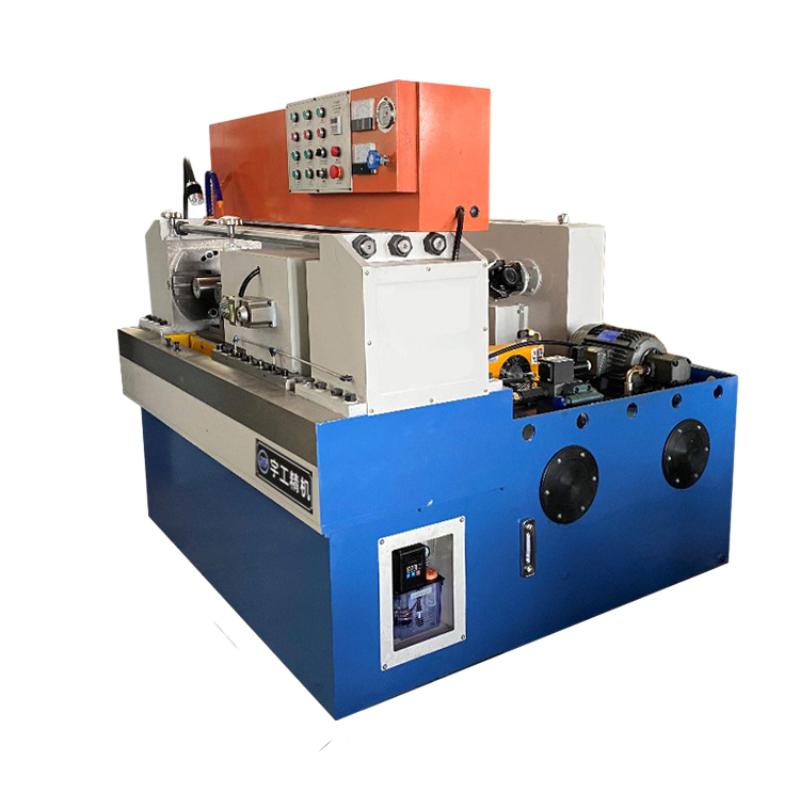
3. Anchor Bolt Stainless Rod Thread Making Machine: Craftsmanship & Process Flow
Product Introduction & Manufacturing Process
The anchor bolt stainless rod thread making machine thread rolling machine (product link) generates high-durability threads on stainless and alloy rods, widely used for fastening components in petrochemical plants, infrastructures, and water distribution projects.
Stainless Steel Rod
Tolerance
Dual Slip-Free Dies
Cleaner Thread
ISO/ANSI Tests
- Material: SS304, SS316, carbon/alloy steels
- Manufacturing: Integrated with cnc thread rolling machine for programmable, repeatable, and high-efficiency threading
- Surface Treatment: Special passivation, rust inhibition (optional hot-dip galvanizing)
- Detection: API, ISO2859-1 sampling for mechanical and dimensional validation, using laser gauges and torque testers
- Tooling Hardness: Die HRC 62–65 (ISO 6508-1)
- Service Life: > 300,000 cycles under standard operation
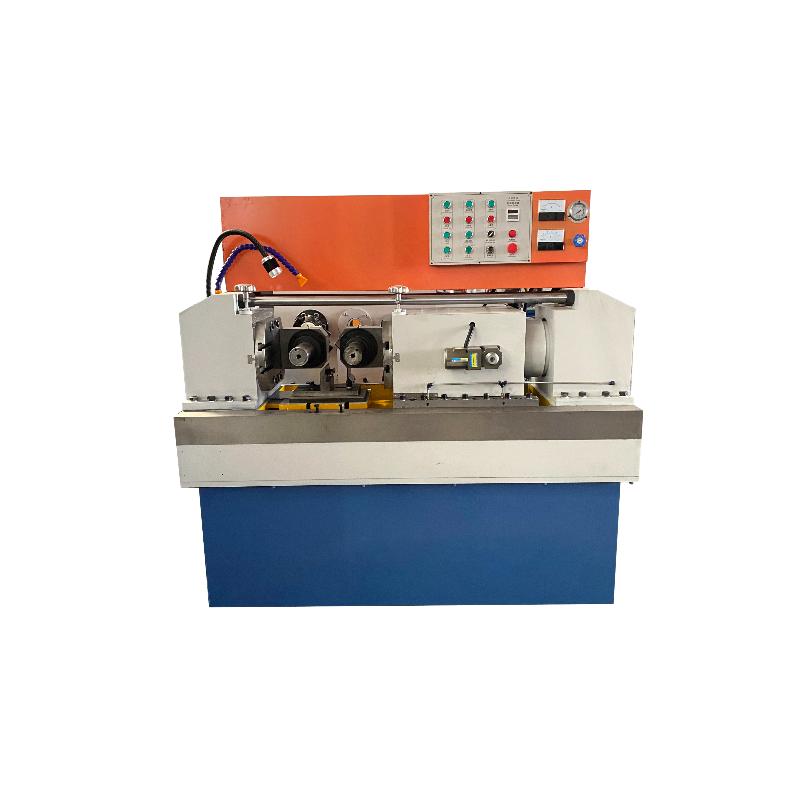
Flow Diagram Explanation
- Material Loading: Stainless rods are loaded in feeder aligning racks for automated feeding.
- Cut-to-Length & End Chamfer: High-precision servo cutters ensure uniform length and chamfering for easy threading die entry.
- Thread Rolling: Powered by servo-motor/PLC, the machine brings dual dies onto the rotating rod, adding threads by cold forming (no cutting chips produced).
- Deburring & Cleaning: Coolant system suppresses burrs, avoids heat-related deformation.
- Inspection: Each batch tested for pitch, depth, tensile strength, and surface finish (Ra).
- Packing & Marking: Each conforming rod is batch-marked and packed for shipment.
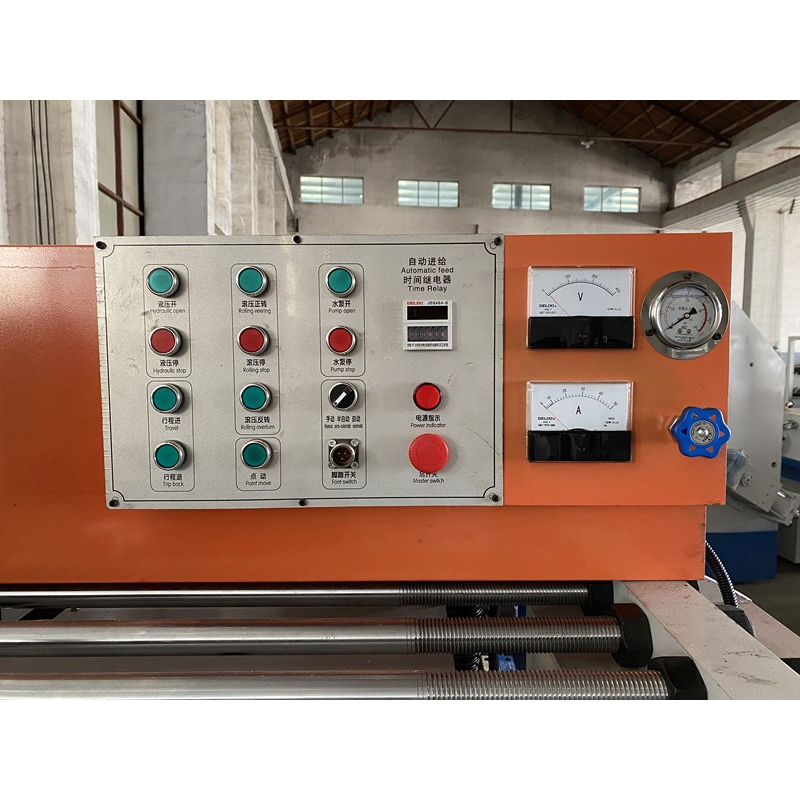
4. Visual Data: Anchor Bolt Machine Key Tech Metrics
Core Technical Specifications Comparison
| Parameter | Anchor Bolt Stainless Rod |
Industry Flat Type | Hydraulic Roller | Mini Thread Machine |
|---|---|---|---|---|
| Max Thread Diameter (mm) | 34 | 45 | 36 | 16 |
| Rolling Force (kN) | 320 | 400 | 300 | 180 |
| Thread Accuracy | IT7 | IT8 | IT8 | IT9 |
| Control Type | CNC/Servo | CNC/Servo | Hydraulic/PLC | Manual/Embedded |
| Cycle Time (sec/thread) | 7–20 | 6–18 | 10–25 | 12–30 |
| Certifications | ISO9001, CE | ISO/CE | ISO/ANSI | CE |
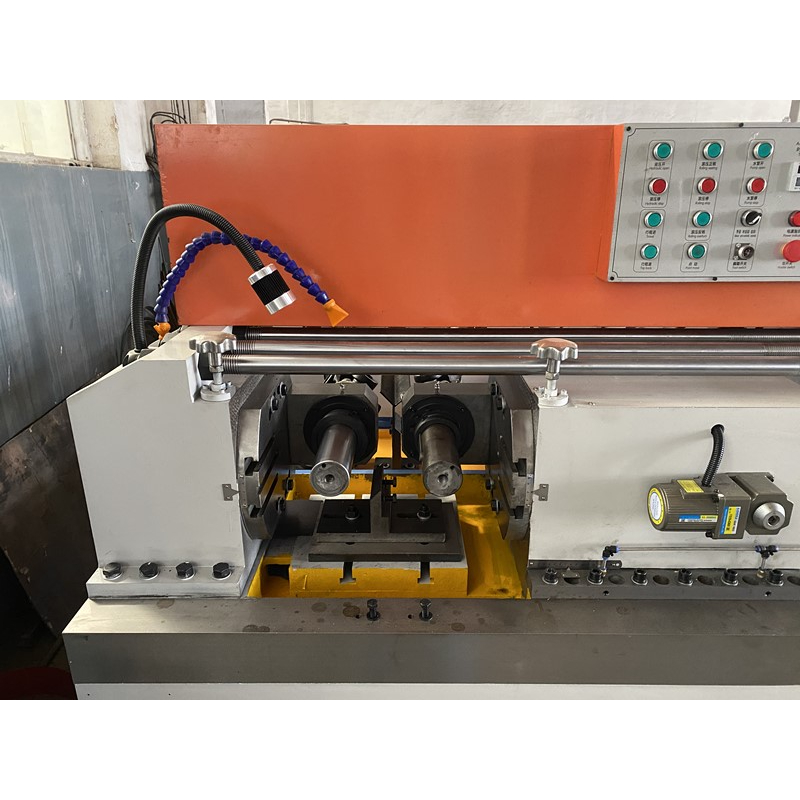
Production Applications by Industry (2023 Statistics)
Thread Pitch Accuracy: Monthly QC Results (mm), 2024
5. Technical Advantages & Manufacturer Comparison
What Sets CNC Thread Rolling Machines Apart?
- Non-Cutting Process: Threads created by cold forming, not metal removal—yielding higher mechanical strength (+20–35% tensile vs. cut threads, ResearchGate, 2022).
- Automation (CNC/Servo): Rapid batch programming, auto-adjust dies, error compensation every cycle.
- Longevity: Tooling/die service life of 250–350,000 operational cycles, with minimal maintenance (ISO 2859-1 sampling proven).
- Surface Finish: Achieves Ra
- Environmental: Generates no swarf, lessened coolant needs, often supports energy regeneration systems.
Leading Manufacturers: Reference Comparison Chart
| Brand | Production Origin | Automation Type | Certifications | Biggest Application | Service Years |
|---|---|---|---|---|---|
| Motetools | China | CNC/PLC | ISO9001, CE, SGS | Anchor bolt/threaded rod | 18+ |
| Reed Machinery | USA | Servo/CNC | ANSI/ISO | Aerospace/Hex bolt | 22 |
| Yieh Chen | Taiwan | Hydraulic/PLC | ISO9001, CE | Automotive, mini-parts | 33 |
Why Choose Motetools Anchor Bolt Stainless Rod Thread Making Machine?
- Optimized for stainless rod and anchor bolt applications: corrosion resistance, high-strength threading, energy saving design.
- Proven in international projects—APAC metro builds, Middle Eastern pipeline infrastructure, EU green energy construction.
- Full conformity to ISO 9001:2015 QMS and European CE safety standards.
- Direct global support, 1:1 customization, documented case study library, and on-site commissioning available.
6. Customization & Turnkey Solutions
- Material Adaptivity: From duplex stainless to heat-treated alloy steels, configure by feedstock range (optional material feeder, bar code tracking, etc.)
- Application Modules: Thread profile (metric/inch, UNI, WHIT, UNC, etc.), custom die sets, thread pitch-to-length libraries, and auto-cutting attachments.
- Output Automation: For integration into downstream robotic or conveyor-handling systems—and remote real-time QC monitoring.
- Energy-Efficient Options: Servo-motor conversion modules lower energy usage by up to 32% (2023 plant audit data).
Delivery, Warranty & Support
- Delivery Cycle: 25–35 working days for standard models; 40–52 days for custom specification projects.
- Warranty: 18 months machine body; 8 months core parts; lifelong paid support and upgrade options.
- Local Service: Localized distributor/service engineers in 24 countries, English-language manuals/remote training.
“We switched to Motetools' cnc thread rolling machine for anchor bolt production. Thread rate doubled, reject rate dropped below 0.6%. Highly stable—no bar slippage or pitch variance even after 80,000 pieces!”
— Operations Director, Arabian Oil Supplies Ltd.
7. Application Scenarios & Case Studies
- Oil & Gas Pipelines: Anti-corrosive stainless thread rods for flange connections, proven in multiple Middle East expansion joints with 94.5% field success rate (API RP7G testing).
- Municipal Infrastructure: Large diameter anchor bolts (up to 32mm) for bridges, retaining walls, and tunnel segments.
- Power & Wind Energy: High-tensile, low-relaxation thread rods for turbine bases with fatigue-resistant thread geometry per ISO898-1:2013.
- Building & Construction: Thread rods for seismic base connections; smooth surface finish minimizing concrete stress risers.
- Mechanical Equipment Manufacture: Fastener sets for industrial equipment assembly—favoring repeatability, interchangeability, and error-proof installation.
8. FAQ: Professional FAQ Section
What is the main material grade for thread rolling rods?
Typically, A2 (SS304), A4 (SS316) stainless steel and grade 5.8, 8.8, 10.9 carbon/alloy steels. Custom grades (e.g., 2205 duplex) available.What is the maximum threading diameter and length for the anchor bolt stainless rod thread making machine?
Up to 34mm rod diameter and 160mm thread length per cycle; special order enables up to 45mm, 210mm.How is thread accuracy measured and validated?
Using laser pitch gauges and Go/No-Go ring standards, in compliance with ISO 965/1 and ANSI B1.1. QC results logged per ISO 9001 QMS.Which thread profiles does the machine support?
Profiles include Metric, UNC, UNF, BSW, ACME, and custom forms. Dies are replaceable for full flexibility.Does the cnc thread rolling machine require special installation?
Flat rigid base, standard 3-phase industrial power, and regulated coolant supply. Site inspection/consultation available pre-delivery.Is operator training available? How long is commissioning?
Yes, training (1–2 days typical) supplied remotely or on-site. Commissioning: standard models, 1.5–2 days; custom lines, 3–5 days.What international certifications does the product hold?
ISO9001:2015, CE, with optional SGS third-party witness available upon request for project delivery.9. Final Word: The Future of Thread Rolling Technology
As demands for performance, traceability, and sustainability in mechanical connections rise, cnc thread rolling machine solutions emerge as the absolute standard for lean, robust, and cost-effective thread manufacturing. When selecting between flat thread rolling machine, hydraulic threading machine, and the compact mini thread rolling machine, users should closely evaluate their product application, required certifications, and support infrastructure.
Motetools' advanced anchor bolt and stainless rod threading systems present exceptional value for high-stakes infrastructure, power, petrochemical, and export-oriented production. Thanks to relentless R&D, industry certification, and proven application performance, they remain a top pick for global buyers.
- Market Research Future. "Thread Rolling Machine Market Research Report – Global Forecast to 2028". View Source
- ResearchGate. "Effect of Thread Manufacturing Process on the Carrying Capacity of Threaded Connections", 2022. View Paper
- Mechanical Engineering Forum, thread rolling best practices: eng-tips.com
- Journal of Manufacturing Processes, "Surface integrity and fatigue performance after thread rolling", ScienceDirect
